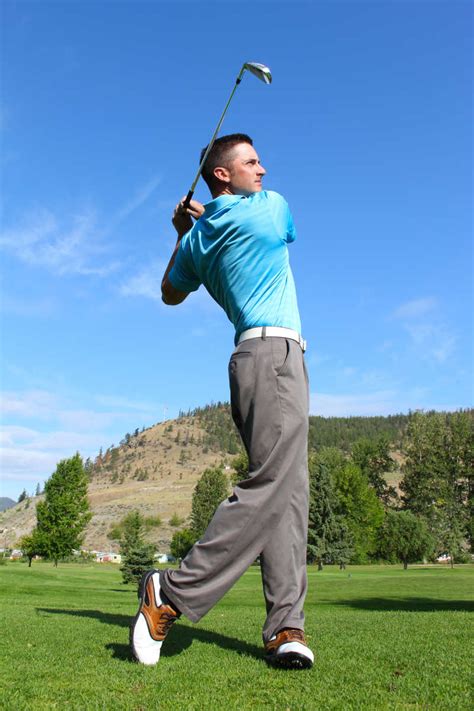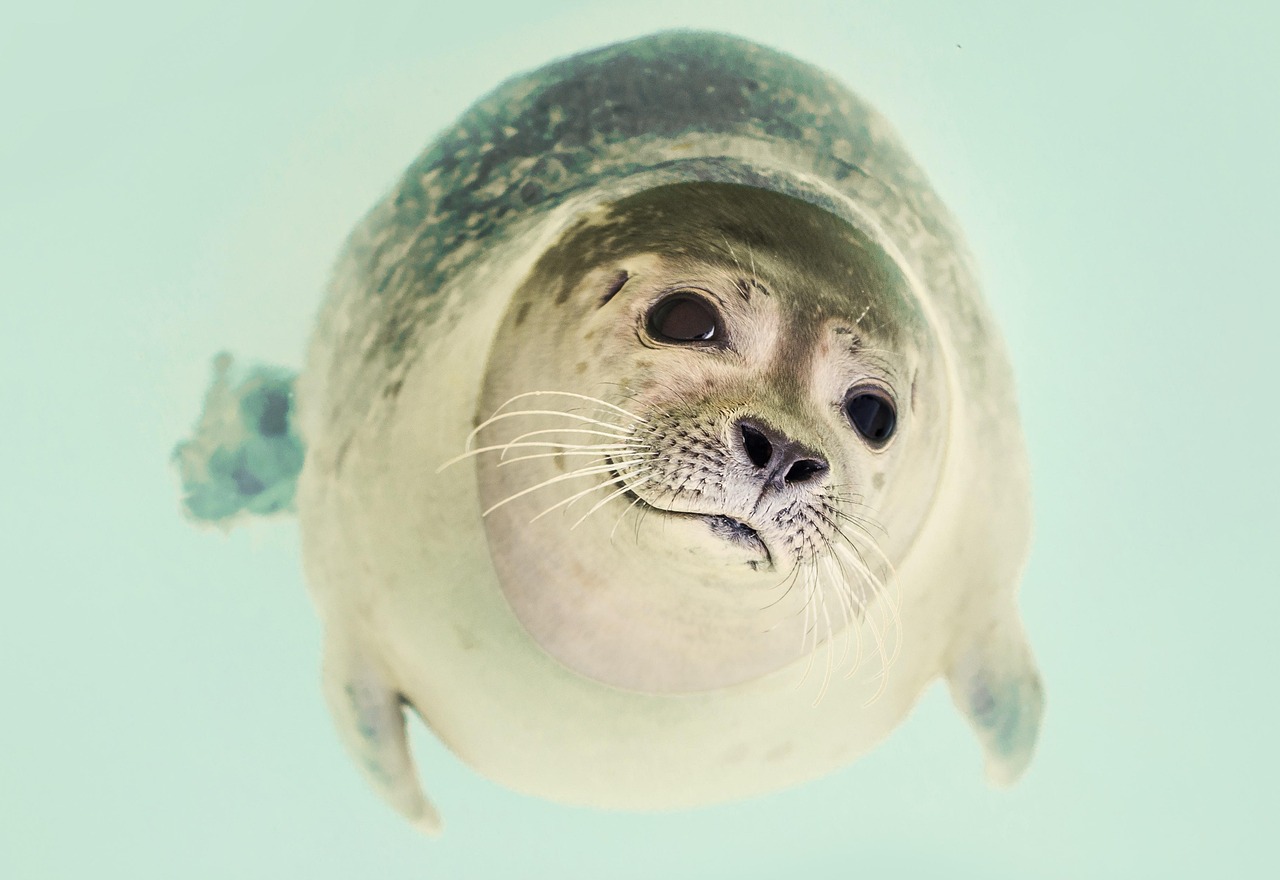高尔夫球几层好
Title: The Science behind Golf Ball Impact and Winter Golf
Introduction:
Golf is a popular sport played worldwide, and the flight of a golf ball is influenced by various factors, including temperature. In this article, we will explore the impact of winter conditions on the flight of a golf ball and discuss strategies to optimize performance during colder seasons.

Understanding Golf Ball Flight:
When a golf ball is struck, it undergoes a series of dynamic interactions that determine its trajectory. These interactions include the launch angle, spin rate, initial velocity, and air resistance. The flight of a golf ball is also influenced by external factors such as wind, temperature, and altitude.
Effects of Winter Conditions:
1. Temperature: In colder temperatures, golf balls become denser, resulting in reduced compression and less energy transfer upon impact. As a result, the ball tends to travel shorter distances compared to warmer conditions. The colder the temperature, the more significant the impact on ball flight.
2. Air Density: Colder air is denser than warmer air, and this increased density creates higher air resistance. The increased resistance can impede the performance of the golf ball, causing it to travel shorter distances and reducing its carry and roll.
3. Ground Conditions: Winter often brings wet and soft ground conditions, which can affect ball control and distance. The ball may not roll as far on wet courses, reducing the overall distance of the shot.
Strategies for Winter Golf:
1. Selecting the Right Golf Ball: Golf balls designed for colder temperatures can help optimize performance. These balls are constructed to provide better compression and feel in low temperatures, allowing for increased distance and control.
2. Adjusting Equipment: To compensate for reduced distances, consider using a club with more loft during winter play. The increased loft can help achieve the desired trajectory and carry distance.
3. Swing Modifications: Make adjustments to your swing to generate more clubhead speed and maximize distance. Focus on maintaining a smooth tempo, as rushing the swing can result in decreased accuracy and control.
4. Dress for Success: Wear appropriate clothing to stay warm and comfortable during winter rounds. Layering can help regulate body temperature, and thermal gloves can provide better grip and control.
5. Course Management: Adjust your strategy to account for the lower ball distances. Plan shots accordingly, taking into consideration the reduced roll and potential uphill challenges due to soft ground conditions.
Conclusion:
Golfing during the winter months requires an understanding of the impact of colder temperatures on ball flight. By considering the effects of temperature, air density, and ground conditions, golfers can make the necessary adjustments to optimize their performance. From selecting the right golf ball to modifying swing techniques, implementing these strategies will enhance distance, control, and overall enjoyment of the game during winter.
Note: "Golf Balls for Winter Play" and "Optimizing Performance in Cold Temperatures" are suggested alternate titles for SEO purposes.








